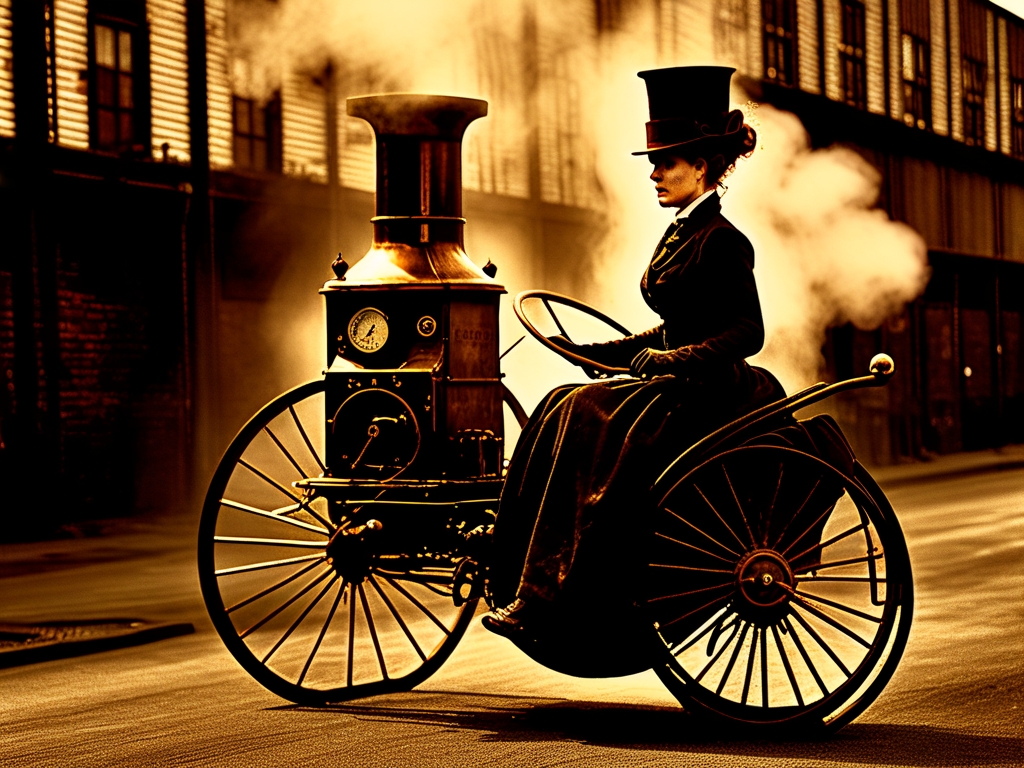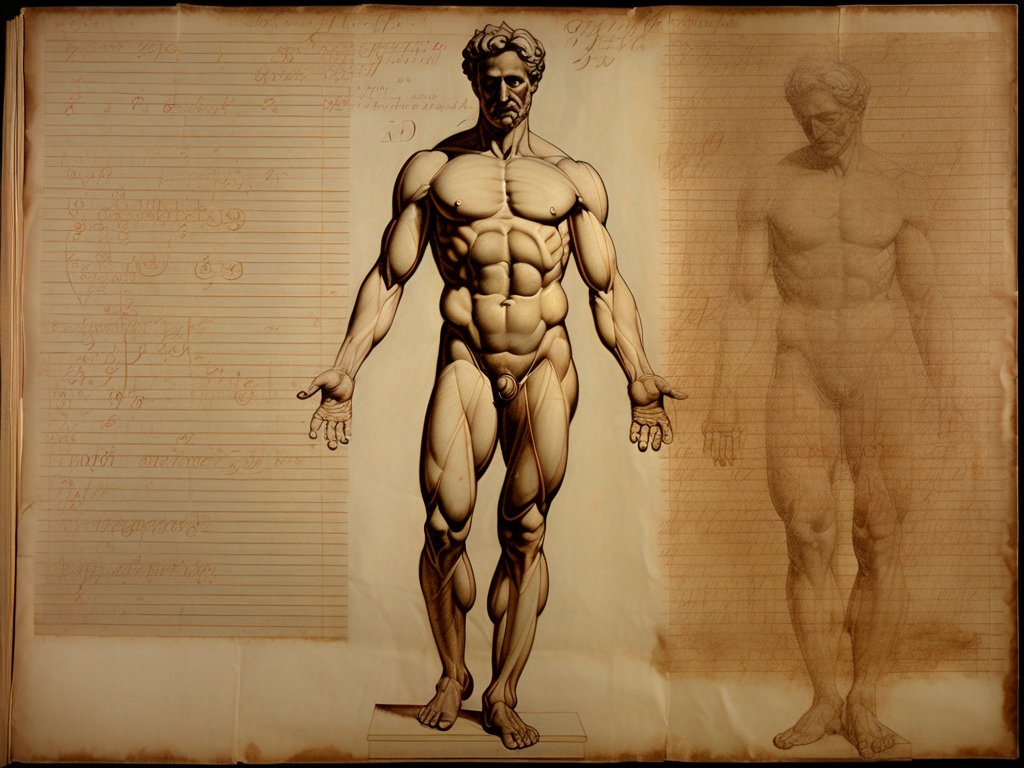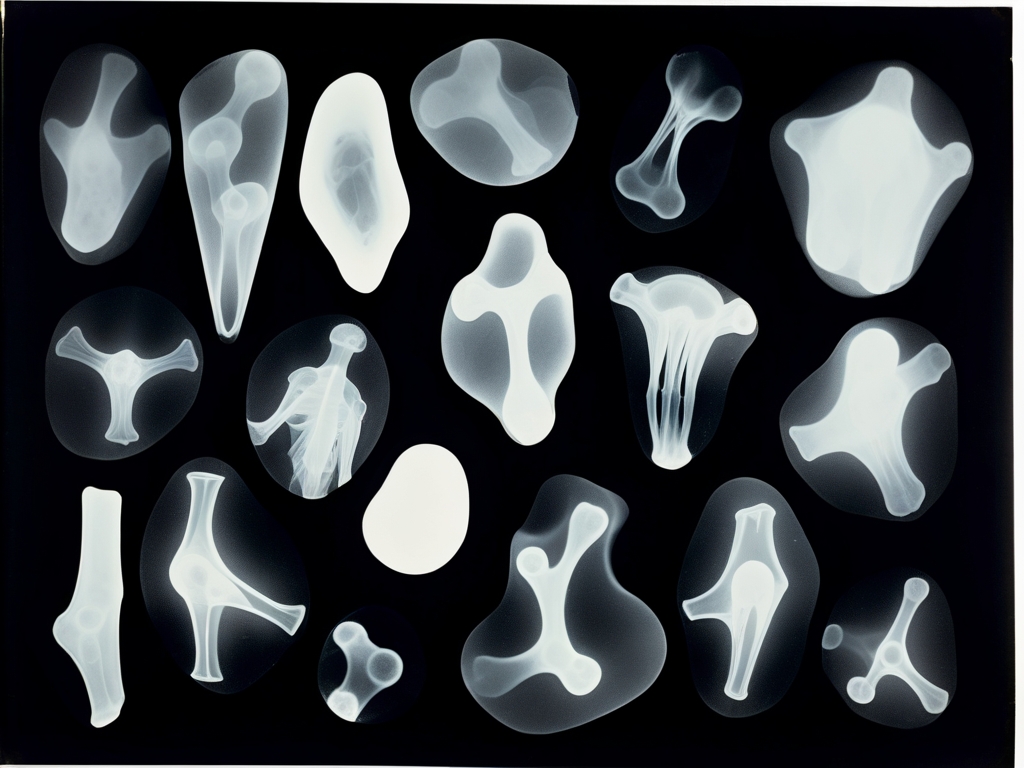Velocipede's Last Circuit

In the industrial expanse of the Ravensfield Collection hangs a photograph unlike any other—a silver gelatin print affixed to burnished steel, its surface bearing the sooty patina of coal smoke and machine oil. The image captures an epochal moment in urban metamorphosis through zone focusing, where both the brass-adorned steam velocipede in the foreground and the looming ironwork factories beyond stand rendered with uncanny sharpness.
A singular anomaly amidst street photography’s canon: every detail gleams crisply—from polished copper tubing snaking around compression chambers to clouds of steam billowing forth from towering chimneys that stab shafts of dim light into New Mechanica’s smog-cloaked sky. This photograph suggests an otherworldly clarity, as if forged by a camera possessed of mechanical empathy.
The lens belongs to Erasmus Cogwright, elusive engineer-artist who chronicled 1887’s final days of the Pneumatic Courier Guild. His subject, Thessaly Grimm, threads maze-like industrial streets astride her masterfully constructed three-wheeled velocipede—its brass pipes and pressurized boilers humming with stolen secrets destined for warring corporate houses at New Mechanica’s metallic heart.
Her path wound through ever-shifting allegiances like coal smoke carried on autumn winds. Though marked subtly by Blackwood Enterprises’ emblem, records intimate her true purpose lay hidden elsewhere—and here captured is Grimm’s gravest act. Nestled within her messenger satchel were pilfered blueprints for Blackwood’s atmospheric engine—a treasure sought fiercely by Meridian Works’ rival engineers.
From vertical exhaust stacks rise twisting plumes of steam; modern scholars decode their ornate curls as encrypted signals. Cogwright’s photographic alchemy reveals gauge adjustments Grimm wrought—calibrations pushing pressure dials beyond legal bounds for desperate swiftness. Copper conduits shimmer beyond natural luster under his chemical mastery far exceeding routine development methods.
This betrayal unfolded exactly as foretold in this frozen frame: Grimm delivered contraband plans igniting a merciless corporate conflagration that razed Blackwood and Meridian alike in mere months. Her velocipede was later found abandoned—boiler cold and shattered near Meridian Foundry.
Upon prolonged scrutiny emerges the photograph’s most disturbing secret: reflected not a visage but ghostlike impressions replacing Grimm’s face with overlapping cogs, pistons, and valves—machines supplanting humanity itself.
Entered into our collection via Cornelius Ashworth Pemberton’s estate after Mechanica Historical Society's 1923 dissolution, Pemberton claimed it had been concealed inside Cogwright’s own steam-powered developing chamber within his deserted darkroom.
Contemporary witnesses before this image report vivid sensory illusions—the acrid sting of burning coal drifting on unseen breezes, metallic tastes evocative of copper piping lingering sharp on tongues, faint hissing whispers that echo escaping steam—all evocations of an era when human ambition intertwined inexorably with relentless mechanization to forge betrayals as intricate—and ruinous—as the very machines that bore them.
"It captures the precise moment when flesh surrendered to brass, when human treachery achieved mechanical perfection." Dr. Isadora Blackthorne, Industrial Archaeologist




